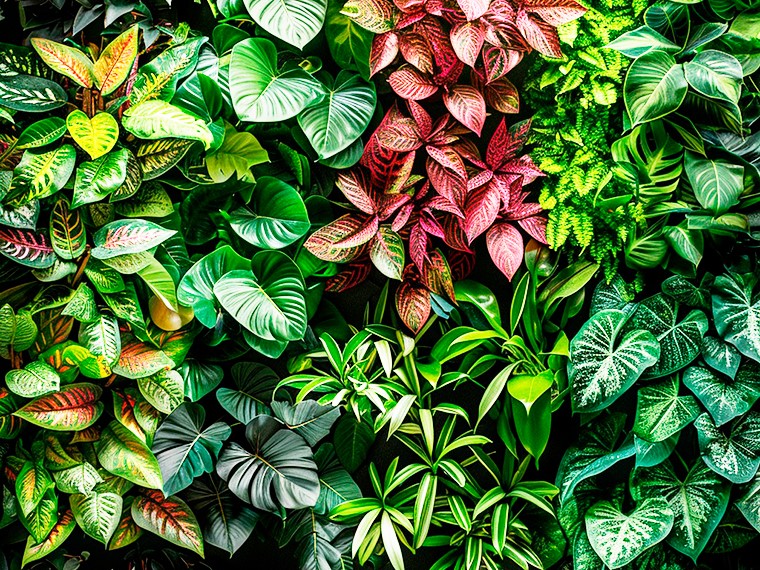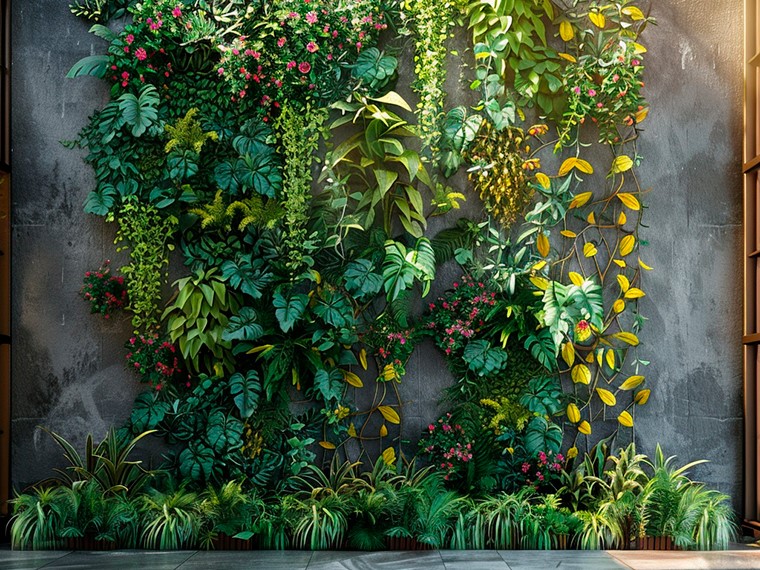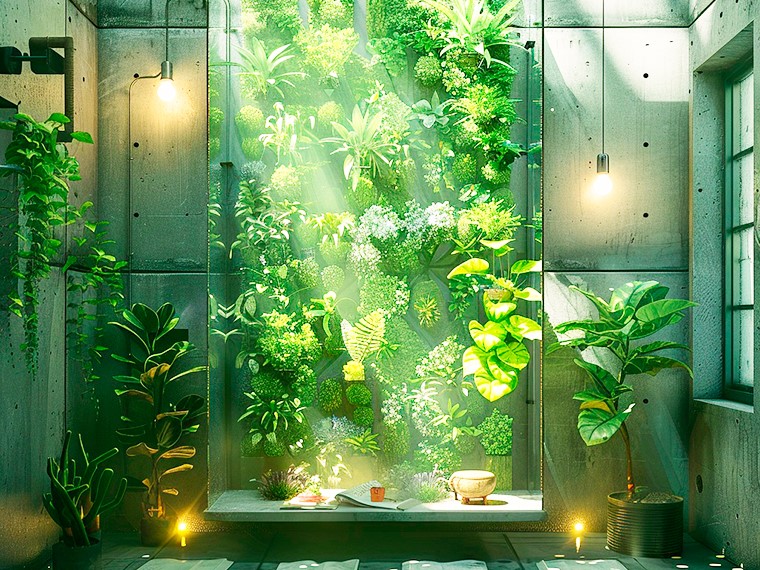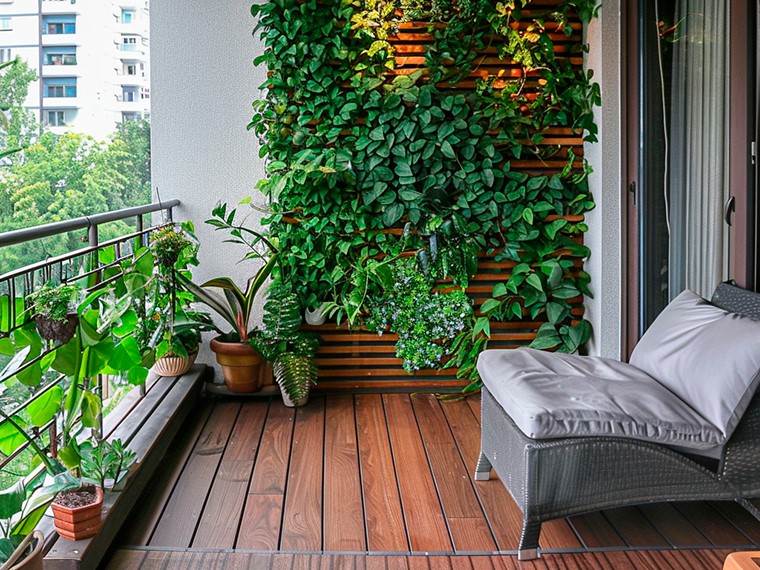Garden Plants for Vertical Greening: Utilizing Plants to Beautify and Green Vertical Walls and Surfaces

Garden Plants for Vertical Greening: Utilizing Plants to Beautify and Green Vertical Walls and Surfaces
In modern urban settings, where land is at a premium, vertical greening is becoming increasingly popular. This technique involves using plants to create green walls and surfaces, transforming concrete jungles into remarkable oases. This article explores various garden plants suitable for vertical greening, as well as methods for installing and maintaining vertical gardens.
Plant Selection for Vertical Greening
When selecting plants for vertical greening, several factors need to be considered. Primarily, the plants must be able to survive and thrive on a vertical surface. Species with flexible stems, small root balls, and minimal soil requirements are usually ideal. Popular choices include ferns, climbing plants, succulents, and grasses.
Installation Methods for Vertical Gardens
There are multiple ways to install vertical gardens. One method involves using specialized modular systems composed of plant containers that can be attached to walls or other vertical surfaces. This allows for varied plant compositions and easy modifications when needed. Another approach is to use horizontal beds or frames with plants attached that gradually fill the space and form a green wall.
Care for Vertical Gardens
Like any garden plants, vertical gardens require specific care. Regular watering, fertilizing, and pruning help maintain the health and attractiveness of the plants. It is also crucial to monitor soil conditions and provide necessary support for the plants, especially for climbing varieties.
Conclusion
Vertical greening is not only aesthetically pleasing but also offers numerous practical benefits. It can help reduce ambient temperatures, absorb street noise, improve air quality, and create a more favorable environment. Utilizing garden plants for vertical greening allows us to transform urban spaces, adding nature and comfort to our lives.







